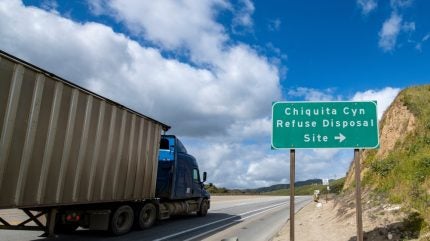
A proposed bill aims to reduce plastic packaging by 30% over the next 12 years while establishing an extended producer responsibility (EPR) scheme. This plan would require companies to fund waste collection, recycling infrastructure, and support for municipal recycling programs.
Backers say the law could significantly reduce plastic pollution and help lower recycling costs. However, critics warn it could increase prices for consumers and impose heavy burdens on manufacturers.

Discover B2B Marketing That Performs
Combine business intelligence and editorial excellence to reach engaged professionals across 36 leading media platforms.
Concerns over cost and industry impact
Some lawmakers and industry representatives have raised concerns about the bill’s economic effects. Critics question how proponents can confidently predict cost savings given uncertainties around redesigning packaging, especially in sectors like food, where safety standards are strict.
“What I fail to understand is, how do they have a crystal ball to explain how we’re going to solve the packaging problems that are created?” said a state senator during debate, expressing doubts about the feasibility of custom packaging for California and the bill’s potential impact on the economy.
Senator Pam Helming of New York, who has been vocal about similar packaging regulations in her state, pressed why large companies like Heinz oppose such legislation if they reportedly meet a large share of the proposed standards—Heinz is said to already comply with about 87% of the targets.
Exemptions and enforcement mechanisms
Supporters of the bill, including Senator Pete Harckham (D-Peekskill), chair of the Senate Environmental Conservation Committee in New York, emphasise that the law includes reasonable flexibility.

US Tariffs are shifting - will you react or anticipate?
Don’t let policy changes catch you off guard. Stay proactive with real-time data and expert analysis.
By GlobalDataIt offers “off-ramps” allowing waivers for companies that demonstrate compliance would be technologically or financially unfeasible.
However, Harckham noted that many companies requested blanket exemptions, which lawmakers declined to grant.
The legislation targets large producers—those with annual revenues exceeding $1 million—requiring them to reduce waste, support recycling efforts, and eliminate toxic substances from packaging materials.
To ensure enforcement and transparency, the bill proposes funding for the state Department of Environmental Conservation (DEC) through producer fees.
It also includes the creation of a Recycling Compliance Officer role within the DEC to oversee implementation and accountability.
Push for environmental reform amid low recycling rates
Senator Harckham highlighted the urgency of the bill, citing national plastic recycling rates estimated around 8% to 9% in 2021, with even lower rates for certain single-use plastics.
He noted that local governments are struggling with rising waste management costs and that the current system is not keeping up with the volume of packaging waste generated.
Proponents view this bill as part of a broader trend of environmental legislation. Similar EPR laws have been enacted in states including Maine, Oregon, and Colorado.
While some lawmakers argue that California’s proposed plastic reduction targets are more aggressive and potentially costlier than other states’ efforts, this bill emphasises a phased implementation and industry waivers to ease transition challenges.
The fate of the Packaging Reduction and Recycling Infrastructure Act now hinges on the state Assembly, with a decision expected soon.





